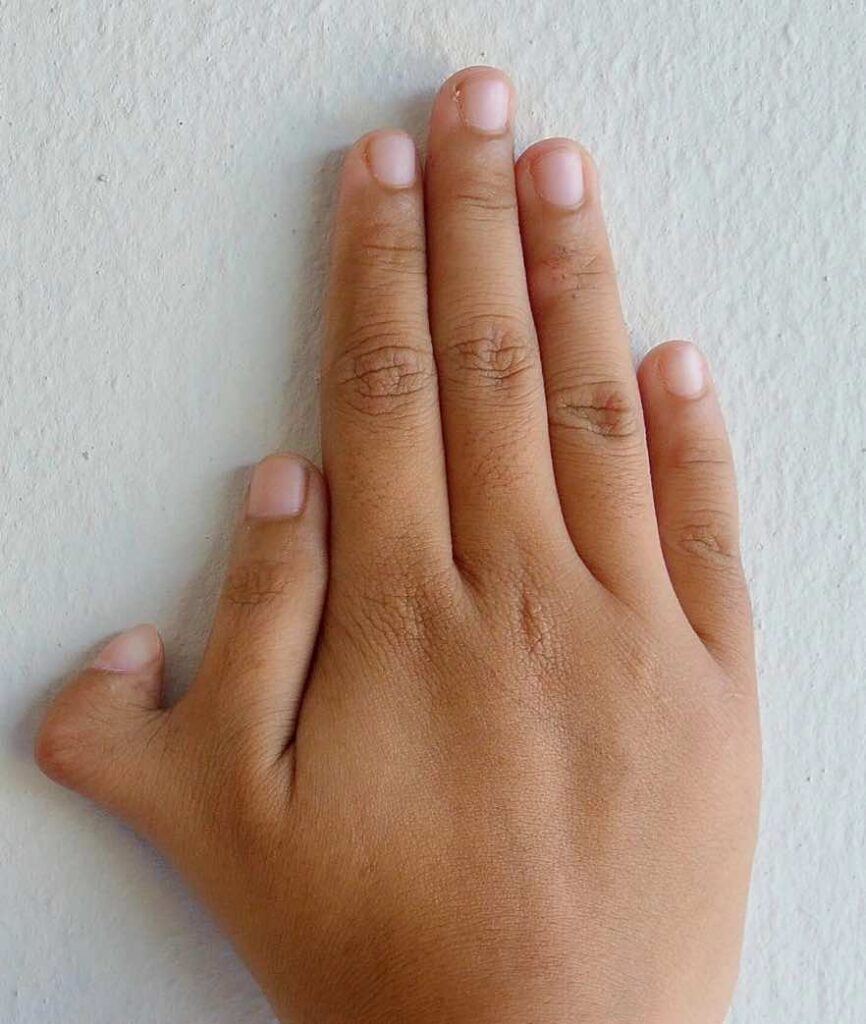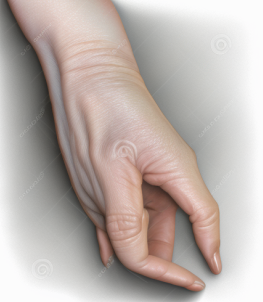What are hand deformities?
Hand deformities can be congenital or acquired. Congenital hand deformities are present at birth. Some types of congenital hand deformities include polydactyly (more than five fingers on one hand), syndactyly (two or more fingers do not separate; webbed-fingers), symbrachydactyly (small or missing fingers), and clubhand (a deformity at the wrist where the hand is turned inwards towards the thumb). Congenital hand deformities can occur due to other underlying conditions, such as Poland’s syndrome.
Acquired hand deformities develop after birth and can occur due to a variety of reasons including, injuries, arthritis, or other diseases. Some common conditions that can cause an acquired hand deformity include Dupuytren’s contracture, Trigger finger, Carpal tunnel syndrome, cubital tunnel syndrome, ganglion cysts, and arthritis spurs. The most common cause of an acquired hand deformity is trauma including lacerations, fractures, dislocations, sprains, amputations, infections, and burns.
Deformities of the hand can be caused by a variety of factors, including congenital conditions, injuries, and diseases. These deformities can range from mild to severe and can affect the function and appearance of the hand. Some common hand deformities include:
Dupuytren’s contracture: This is a condition in which the connective tissue in the palm of the hand thickens and shortens, causing the fingers to curl into the palm. This can make it difficult to straighten the fingers and can interfere with daily activities such as grasping objects.
Arthritis: Arthritis is a condition that causes inflammation and damage to the joints in the hand. This can lead to stiffness, pain, and deformities in the hand, such as bony spurs and joint misalignment.
Congenital hand deformities: These are deformities that are present at birth and can be caused by a variety of factors, such as genetics, chromosomal disorders, and exposure to certain substances during pregnancy. Examples include Syndactyly, where fingers are fused together, and Polydactyly, where extra digits are present.
Trauma: Fractures, dislocations, and lacerations can cause deformities of the hand. These can be caused by a variety of factors, such as accidents, sports injuries, and work-related injuries.


